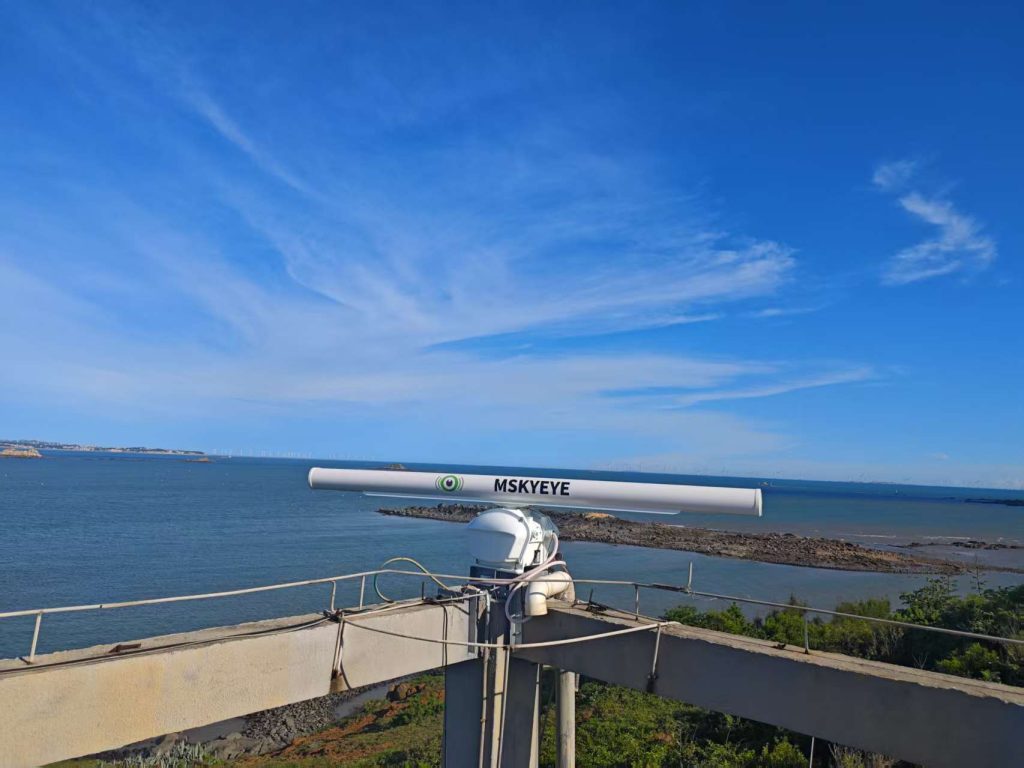The role of coastal surveillance radars in maritime defense is multifaceted and indispensable, serving as a critical sensory backbone for safeguarding territorial waters, countering threats, and ensuring maritime order. Here’s a detailed breakdown of their key functions:

- Early Warning and Threat Detection
Coastal surveillance radars provide round-the-clock monitoring of coastal and offshore areas, enabling the early detection of unauthorized or hostile targets such as intruding vessels, smuggling boats, or low-altitude threats like drones and helicopters. By continuously scanning designated airspace and sea surfaces, they track target trajectories, speeds, and movement patterns, alerting defense authorities to potential breaches of territorial waters or security perimeters. This early warning capability is vital for initiating timely response measures, such as dispatching patrol boats or intercepting aerial threats.
- Maritime Domain Awareness
These radars enhance situational awareness by consolidating real-time data on all maritime activities within their coverage. They distinguish between legitimate vessels (fishing boats, merchant ships) and suspicious ones, integrating information with other systems like AIS (Automatic Identification System) to verify identities and flag anomalies—such as vessels disabling transponders or deviating from declared routes. This comprehensive oversight helps prevent illegal activities like poaching, unregulated dumping, or covert infiltration.
- Defense Against Asymmetric Threats
In modern maritime security, asymmetric threats—including small, fast-moving craft (e.g., suicide boats) or low-flying drones—pose significant challenges. Coastal surveillance radars, equipped with advanced signal processing, filter out sea clutter and weather interference to detect even low-signature targets. Their ability to track multiple small objects simultaneously ensures no potential threat, however nimble, goes unnoticed, supporting rapid countermeasures.
- Coordination of Defense Operations
Data from these radars is shared with naval, coast guard, and law enforcement units, facilitating coordinated responses. For example, if a radar detects an unresponsive vessel approaching a sensitive facility (e.g., a port or offshore platform), it can guide interceptors to the target’s location or direct air support for identification. This integration streamlines command chains, ensuring seamless collaboration between defense and security agencies.
- Protection of Critical Infrastructure
Coastal regions host vital infrastructure such as ports, oil rigs, and power plants. Surveillance radars monitor these areas to prevent unauthorized access or sabotage. By establishing secure perimeters and triggering alerts for suspicious movements, they act as a first line of defense for assets critical to national economy and security.
- Support for Search and Rescue (SAR)
Beyond defense, these radars aid SAR missions by quickly locating distressed vessels or individuals in distress, even in adverse weather (e.g., storms or fog) where visual or optical systems fail. Their long-range detection and precise tracking capabilities reduce search times, increasing the likelihood of successful rescues.
In summary, coastal surveillance radars are irreplaceable in maritime defense, merging detection precision, operational versatility, and real-time data integration to protect territorial integrity, deter threats, and maintain maritime security. As technology advances—with AI-driven target recognition and networked radar systems—their role in safeguarding coastal interests will only grow more pivotal.

